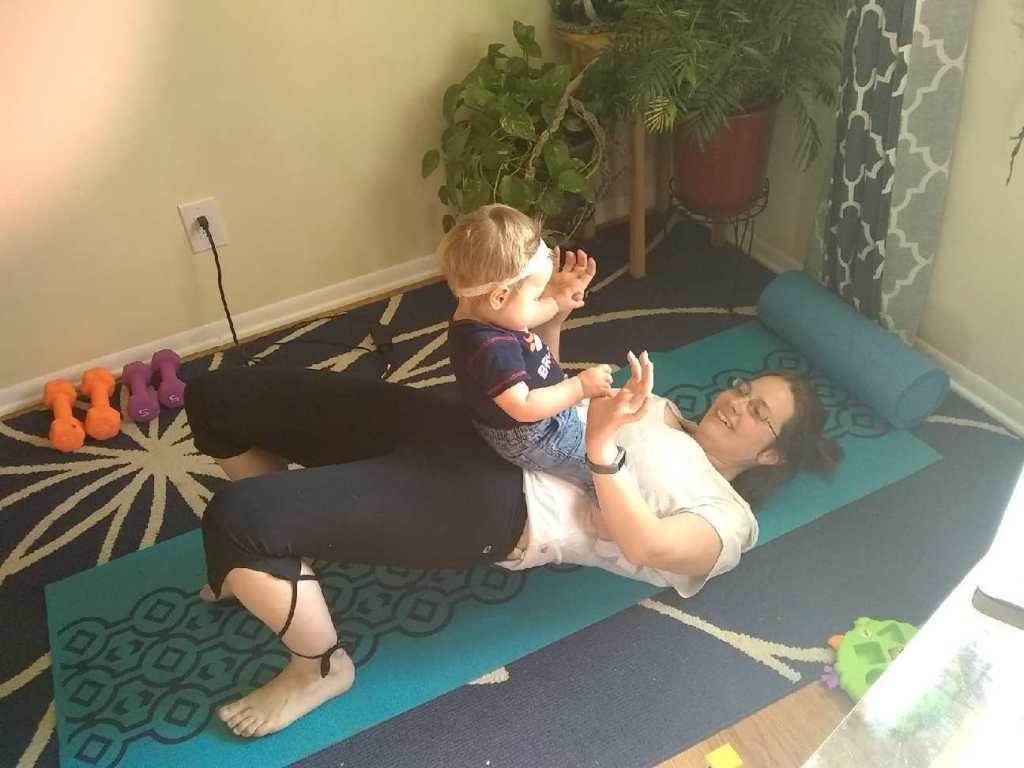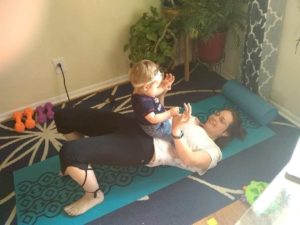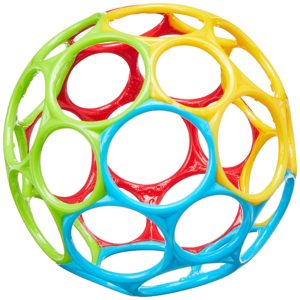Updated October, 2021
If you are anything like me, you had never even heard of Diastasis Recti prior to your pregnancy. And if you are like so many women I know, you may have already had your baby and never heard of it still. So how to fix Diastasis Recti when you’ve never even heard of it? That’s what I’m here to help with.
My wonderful midwife told me a little about what it is, how to lessen the odds of it occurring, and then how to take care of myself after my little one was born. This blog is specifically about abdominal separation after you have already given birth.
What Is It?
Abdominal separation, also known as Diastasis Recti, occurs in 2/3rds of pregnancies. It is the separation of the abdominal muscles. You know those pretty ones that are shown off so well for those hard working individuals who have a 6 pack? Well during pregnancy, your baby needs to go pretty much right where those muscles exist, so your body will separate the muscles, sometimes even tearing them, in order to make room for your tiny human.
After birth, when so many mamas suffer from that “Mummy Tummy”, it is often caused by Diastasis Recti. Some separation is very normal. The question is how much have your muscles separated and will they go back together on their own?
How to Know if You Have It
Before I give you the break down on how to check for it, let me give you a warning. If you have already had your baby and you are reading this blog and this is the first time you’ve ever heard of Diastasis Recti, you probably have it. What extent you have it, or how bad it is will vary. But expect to find a separation. And this warning isn’t just for very new moms. When my nephew was 8, my sister lived with me for a bit and I told her about abdominal separation because she was feeling frustrated with how her stomach looked despite working out all the time. So I had her check and, sure enough, she too had it.
So how do you know if you have Diastasis Recti? To find out, you will want to lie on your back with your knees bent and your feet flat on the floor close to your butt. Place your fingers along your midline with your fingertips pointing towards your feet. Lift your head in a mini-crunch, engaging your muscles. Along the midline you are measuring how many fingers fit in the space between your left and right abdominal muscles. You will want to check both above and below your belly button. One to two finger-widths is considered normal, but if your gap is more than two fingers wide, you have abdominal separation.
How to Heal It
So you want to bring that gap in small and tight again. No one can blame you. The first is to avoid making things worse. Return to exercise slowly after giving birth. You are also going to want to continue to avoid crunches, sit-ups, and planks.
Now smaller separations can be fixed and healed with the right exercises. If you have a very large separation, you may want to consult your doctor about physical therapy or surgery.
I also want to take a moment to mention using a splint, which I have found everyone is pretty much split down the middle (no pun intended) about. Some people are really for splinting, and others are really against it. I would definitely say consult your doctor or midwife and then do what is right for you.
Exercises for Healing
- Sit on an exercise ball and, with your hands on your knees, start to scoop in your belly and roll back. Watch your belly and if it starts to make a triangular shape, ease off. That ‘doming’ means you’re not engaging your deeper muscles correctly. Start again and only go as far as you are able without getting that doming effect.
- While sitting or standing, think of hugging your baby without using your hands. Try to lift your bellybutton back towards your spine so you are lifting your baby using only your tummy muscles.
- While engaging your core, practice moving, sitting, standing, and walking with good posture.
- While engaging you core, practice squats, pelvic tilts, and cat-cows.
- Lying down on your back, take a deep breath and let your belly fully expand. Then exhale and suck your tummy in as far as it will go. Think of trying to make your belly button touch your spine. Hold position for as long as comfortable, release, and repeat. I suggest this one for at least ten minutes every day.
When to Seek Help
Some abdominal separation cannot be fixed with a few exercises. It your separation is remarkably bad, you may want to talk with your doctor about surgery.
Perhaps the separation isn’t terrible, but you are struggling to feel good about those closing muscles. You can speak with your doctor and request a referral for a physical therapist who specializes in Diastasis Recti. It’s a nice in between alternative.
Medical Disclaimer
All of the information on this site assumes that the individual is in good physical and mental health, and that her pregnancy was without risk factors or complications. Web site content is for informational purposes only and is not intended to offer medical advice, or replace the recommendations of your doctor, midwife, or physical therapist. Always consult your doctor before beginning any exercise program.















